5k words, 23 minutes reading time
Category: biotech/medical – Page 257

Fusion superkine and focused ultrasound could enable targeted, noninvasive therapy for glioblastoma
Researchers at VCU Massey Comprehensive Cancer Center and the VCU Institute of Molecular Medicine (VIMM) have discovered a new and potentially revolutionary way to treat glioblastoma (GBM), the most aggressive type of brain cancer, which currently has no curative treatment options.
In a study led by Paul B. Fisher, MPh, Ph.D., FNAI, and Swadesh K. Das, Ph.D., recently published in the Journal for ImmunoTherapy of Cancer, researchers created a new molecule that demonstrates the ability to introduce a combination of treatment outcomes—direct toxicity and immunotoxicity—to kill the tumor while exploiting immunotherapy to potentially prevent the recurrence of GBM. The new molecule, a fusion superkine (FSK), contains dual-acting therapeutic cytokines in a single molecule.
“This is the tip of the iceberg,” said Dr. Fisher, the Thelma Newmeyer Corman Endowed Chair in Cancer Research at Massey, director of the VIMM and professor in the Department of Cellular, Molecular and Genetic Medicine. “We’re optimistic that our first trial in brain cancer, planned for 2026, will show that the IL-24 gene and these therapeutic viruses are effective and safe. And [the FSK] will be the one knocking it out of the ballpark.
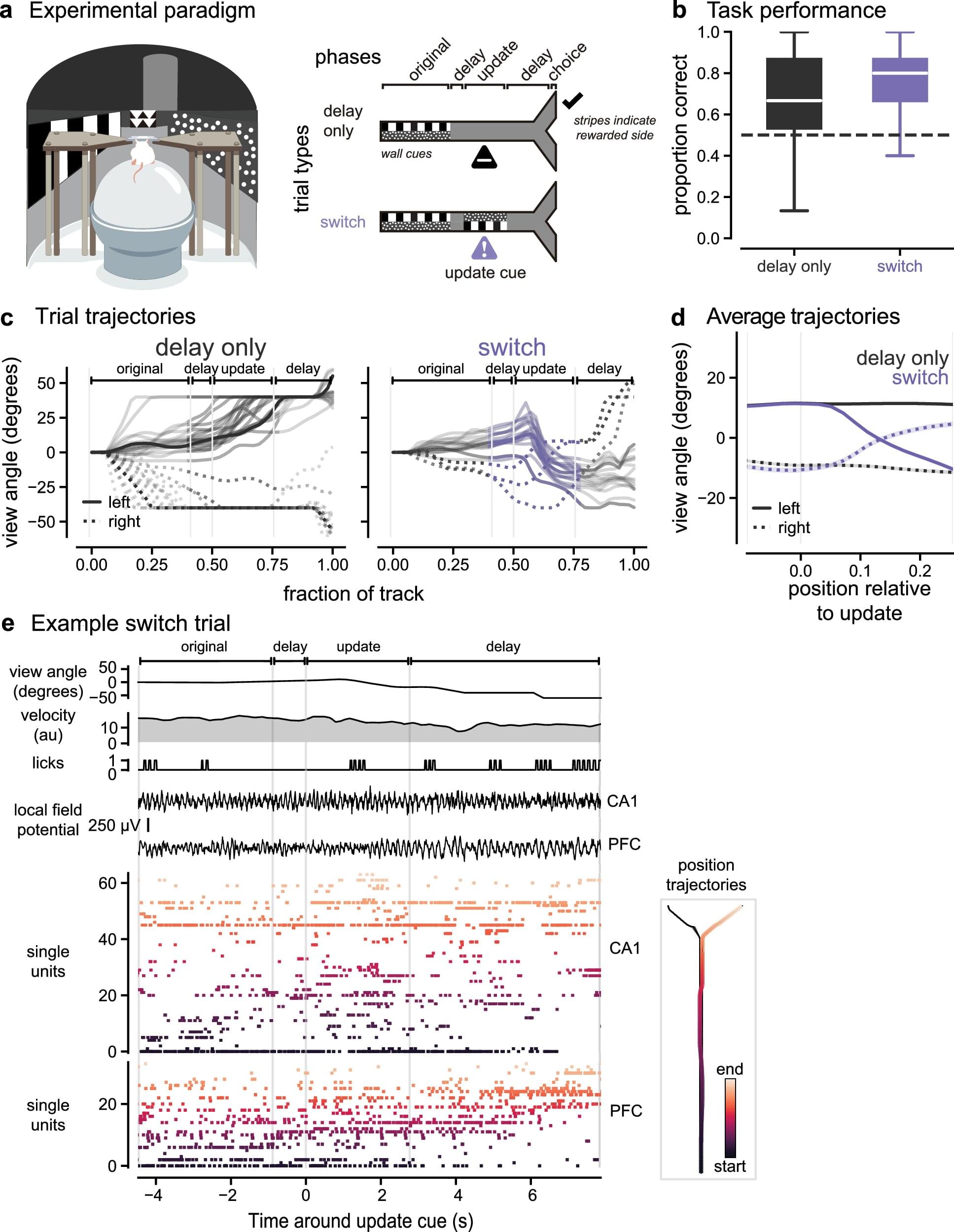
How new information triggers the brain to navigate changing environments
In a paper published in the journal Nature Communications, biomedical engineers have shown how two brain regions quickly adapt to shift focus from one planned destination to another.
Stephanie Prince explains her research with a scenario many Atlantans can relate to. Imagine you’re driving to the Atlanta airport to pick up a friend. They call to say they’re in the terminal—but they’re not sure which one. North, maybe? You head in that direction through the maze of roads around the airport.
Then they call back. They’re actually in the South Terminal. So you make a quick mental adjustment and switch your route to arrive at the correct side of the airport.
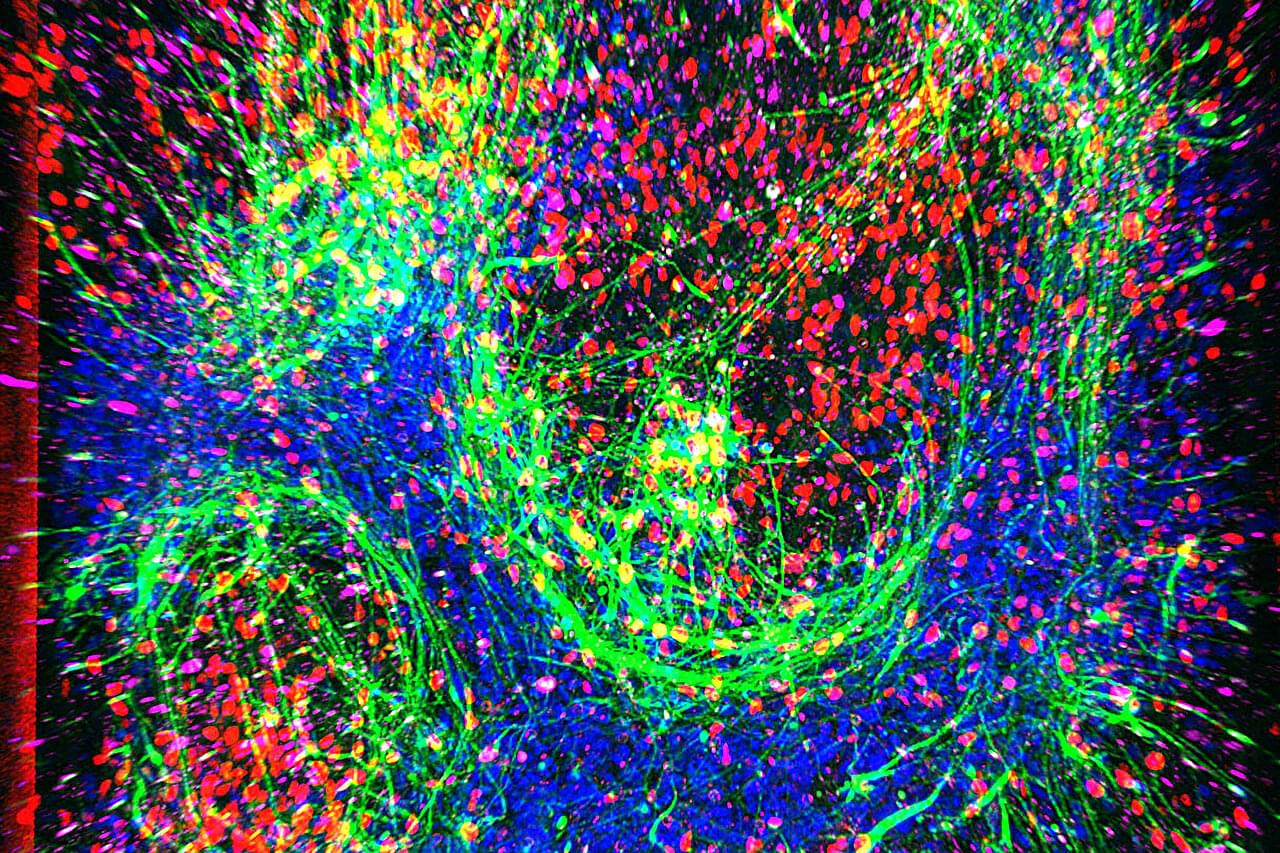
‘ALS on a chip’ model reveals altered motor neuron signaling
Using stem cells from patients with ALS (amyotrophic lateral sclerosis), Cedars-Sinai has created a lifelike model of the mysterious and fatal disease that could help identify a cause of the illness as well as effective treatments.
In a study published in the journal Cell Stem Cell, investigators detail how they created “ALS on a chip” and the clues the specialized laboratory chip has already produced about nongenetic causes of the disease, also known as Lou Gehrig’s disease.
The work builds on previous studies where adult cells from ALS patients were reverted into stem cells. The cells were then pushed forward to produce motor neurons, which die in the disease, causing progressive loss of the ability to move, speak, eat and breathe.
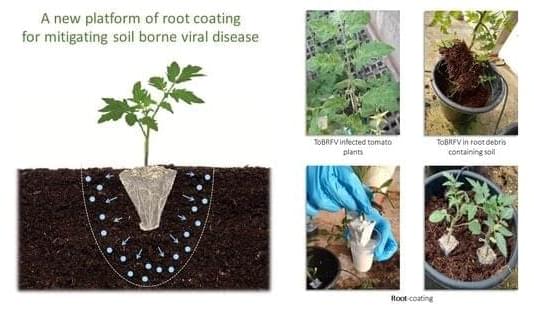
A Novel Platform for Root Protection Applies New Root-Coating Technologies to Mitigate Soil-Borne Tomato Brown Rugose Fruit Virus Disease
Tomato brown rugose fruit virus (ToBRFV) is a soil-borne virus showing a low percentage of ca. 3% soil-mediated infection when the soil contains root debris from a previous 30–50 day growth cycle of ToBRFV-infected tomato plants. We designed stringent conditions of soil-mediated ToBRFV infection by increasing the length of the pre-growth cycle to 90–120 days, adding a ToBRFV inoculum as well as truncating seedling roots, which increased seedling susceptibility to ToBRFV infection. These rigorous conditions were employed to challenge the efficiency of four innovative root-coating technologies in mitigating soil-mediated ToBRFV infection while avoiding any phytotoxic effect. We tested four different formulations, which were prepared with or without the addition of various virus disinfectants. We found that under conditions of 100% soil-mediated ToBRFV infection of uncoated positive control plants, root-coating with formulations based on methylcellulose (MC), polyvinyl alcohol (PVA), silica Pickering emulsion and super-absorbent polymer (SAP) that were prepared with the disinfectant chlorinated-trisodium phosphate (Cl-TSP) showed low percentages of soil-mediated ToBRFV infection of 0%, 4.3%, 5.5% and 0%, respectively. These formulations had no adverse effect on plant growth parameters when compared to negative control plants grown under non ToBRFV inoculation conditions.
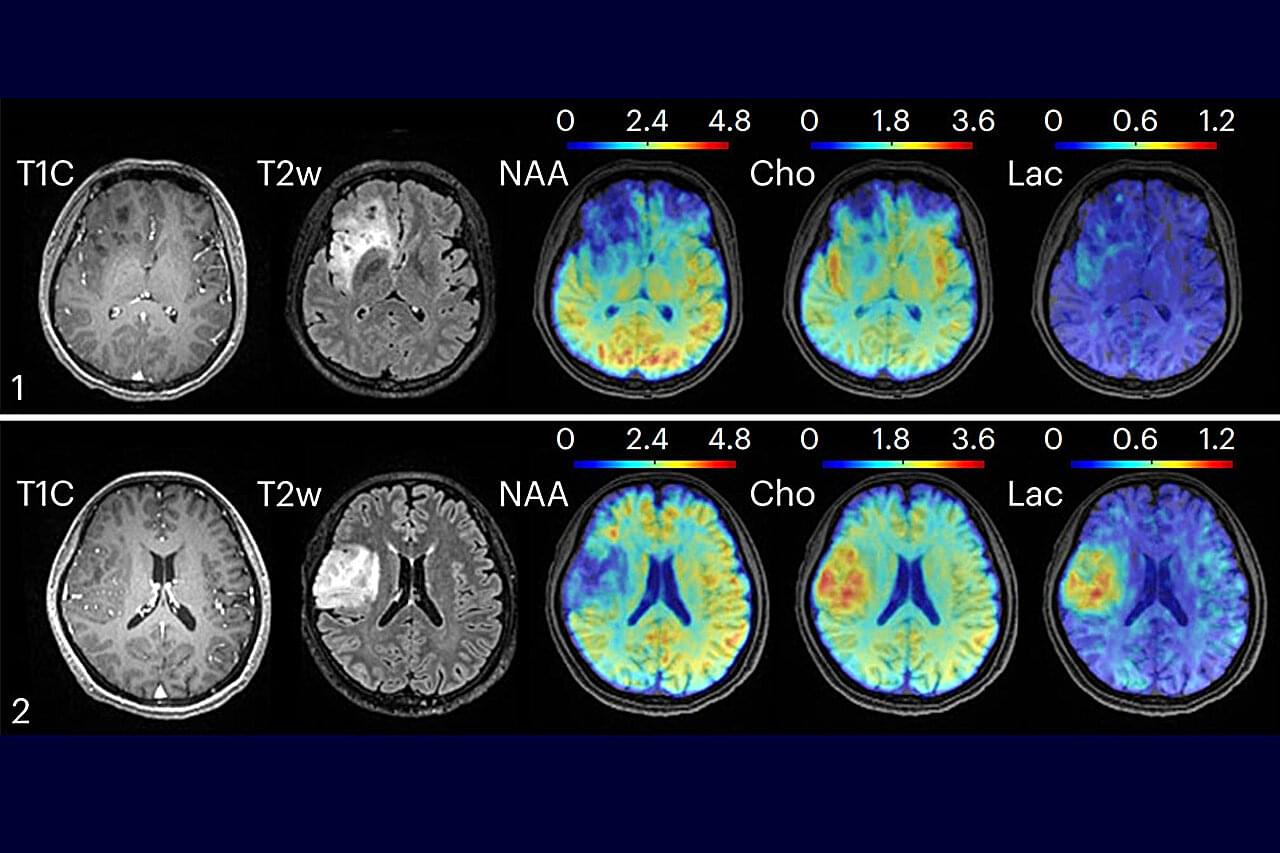
New MRI approach maps brain metabolism, revealing disease signatures
A new technology that uses clinical MRI machines to image metabolic activity in the brain could give researchers and clinicians unique insight into brain function and disease, researchers at the University of Illinois Urbana-Champaign report. The non-invasive, high-resolution metabolic imaging of the whole brain revealed differences in metabolic activity and neurotransmitter levels among brain regions; found metabolic alterations in brain tumors; and mapped and characterized multiple sclerosis lesions—with patients only spending minutes in an MRI scanner.
Led by Zhi-Pei Liang, a professor of electrical and computer engineering and a member of the Beckman Institute for Advanced Science and Technology at the U. of I., the team reported its findings in the journal Nature Biomedical Engineering.
“Understanding the brain, how it works and what goes wrong when it is injured or diseased is considered one of the most exciting and challenging scientific endeavors of our time,” Liang said. “MRI has played major roles in unlocking the mysteries of the brain over the past four decades. Our new technology adds another dimension to MRI’s capability for brain imaging: visualization of brain metabolism and detection of metabolic alterations associated with brain diseases.”

Gene editing treats smooth muscle disease in preclinical model
Using gene editing in a preclinical model, researchers at UT Southwestern Medical Center blocked the symptoms of a rare smooth muscle disease before they developed. Their findings, published in Circulation, could eventually lead to gene therapies for this and other genetic diseases affecting smooth muscle cells.
“Gene editing has been used in other disease contexts, but its application to inherited vascular diseases, particularly targeting smooth muscle cells in vivo, is still emerging. Our approach advances the field by demonstrating functional correction in a cell type that’s notoriously difficult to target,” said Eric Olson, Ph.D., Chair and Professor of Molecular Biology and a member of the Harold C. Simmons Comprehensive Cancer Center at UT Southwestern.
Dr. Olson co-led the study with Ning Liu, Ph.D., Professor of Molecular Biology, and first author Qianqian Ding, Ph.D., postdoctoral researcher, both members of the Olson Lab.

Rare Gene Mutation Delays Alzheimer’s by Damping Immune Cell Inflammatory Signaling
Researchers at Weill Cornell Medicine report that a rare gene mutation that delays Alzheimer’s disease does so by damping inflammatory signaling in brain-resident immune cells in a preclinical study. The finding adds to growing evidence that brain inflammation is a major driver of neurodegenerative disorders such as Alzheimer’s—and that it may be a key therapeutic target for these disorders.
In their study “The R136S mutation in the APOE3 gene confers resilience against tau pathology via inhibition of the cGAS-STING-IFN pathway,” in Immunity, the investigators examined the effects of the mutation APOE3-R136S—known as the “Christchurch mutation”—which was recently found to delay hereditary early-onset Alzheimer’s. The scientists showed that the mutation inhibits the cGAS-STING pathway, an innate immune signaling cascade that is abnormally activated in Alzheimer’s and other neurodegenerative diseases. The researchers found that pharmacologically blocking the cGAS-STING pathway with a drug-like inhibitor replicated key protective effects of the mutation in a preclinical model.
“This is an exciting study because it suggests that inhibiting this cGAS-STING pathway could make the brain more resistant to the Alzheimer’s process, even in the face of significant tau accumulation,” said study senior author Li Gan, PhD, the Burton P. and Judith B. Resnick Distinguished Professor in Neurodegenerative Diseases and director of the Helen and Robert Appel Alzheimer’s Disease Research Institute at Weill Cornell Medicine.
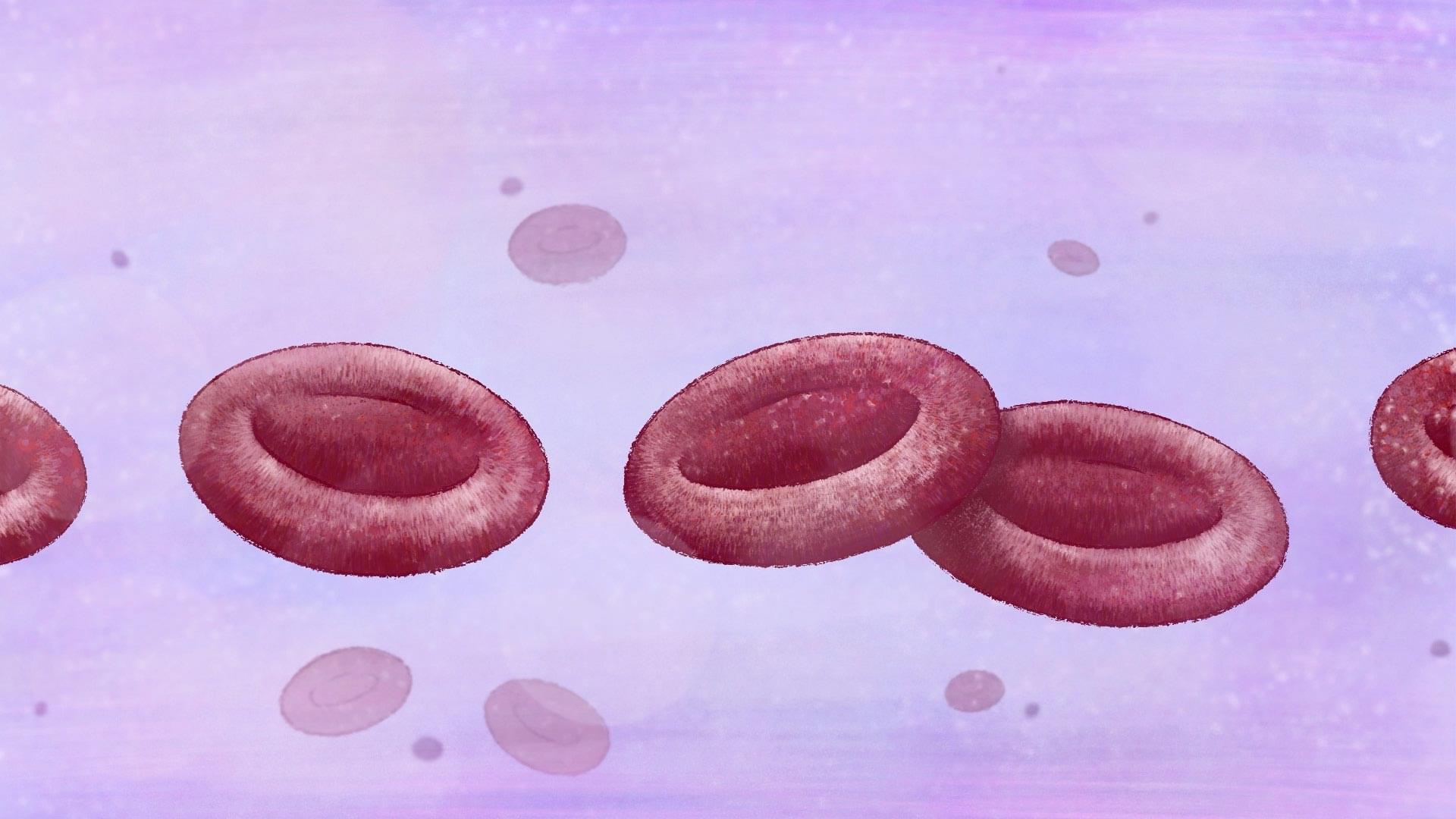
“Delete-To-Recruit” — Scientists Discover Simpler Approach to Gene Therapy
Repositioning genes awakens fetal hemoglobin to treat disease. CRISPR editing may change future gene therapy.
Researchers have discovered a promising new approach to gene therapy by reactivating genes that are normally inactive. They achieved this by moving the genes closer to regulatory elements on the DNA known as enhancers. To do so, they used CRISPR-Cas9 technology to cut out the piece of DNA separating the gene from its enhancer. This method could open up new ways to treat genetic diseases. The team demonstrated its potential in treating sickle cell disease and beta-thalassemia, two inherited blood disorders.
In these cases, a malfunctioning gene might be bypassed by reactivating an alternative gene that is usually turned off. This technique, called “delete-to-recruit,” works by altering the distance between genetic elements without introducing new genes or foreign material. The study was conducted by researchers from the Hubrecht Institute (De Laat group), Erasmus MC, and Sanquin, and published in the journal Blood.
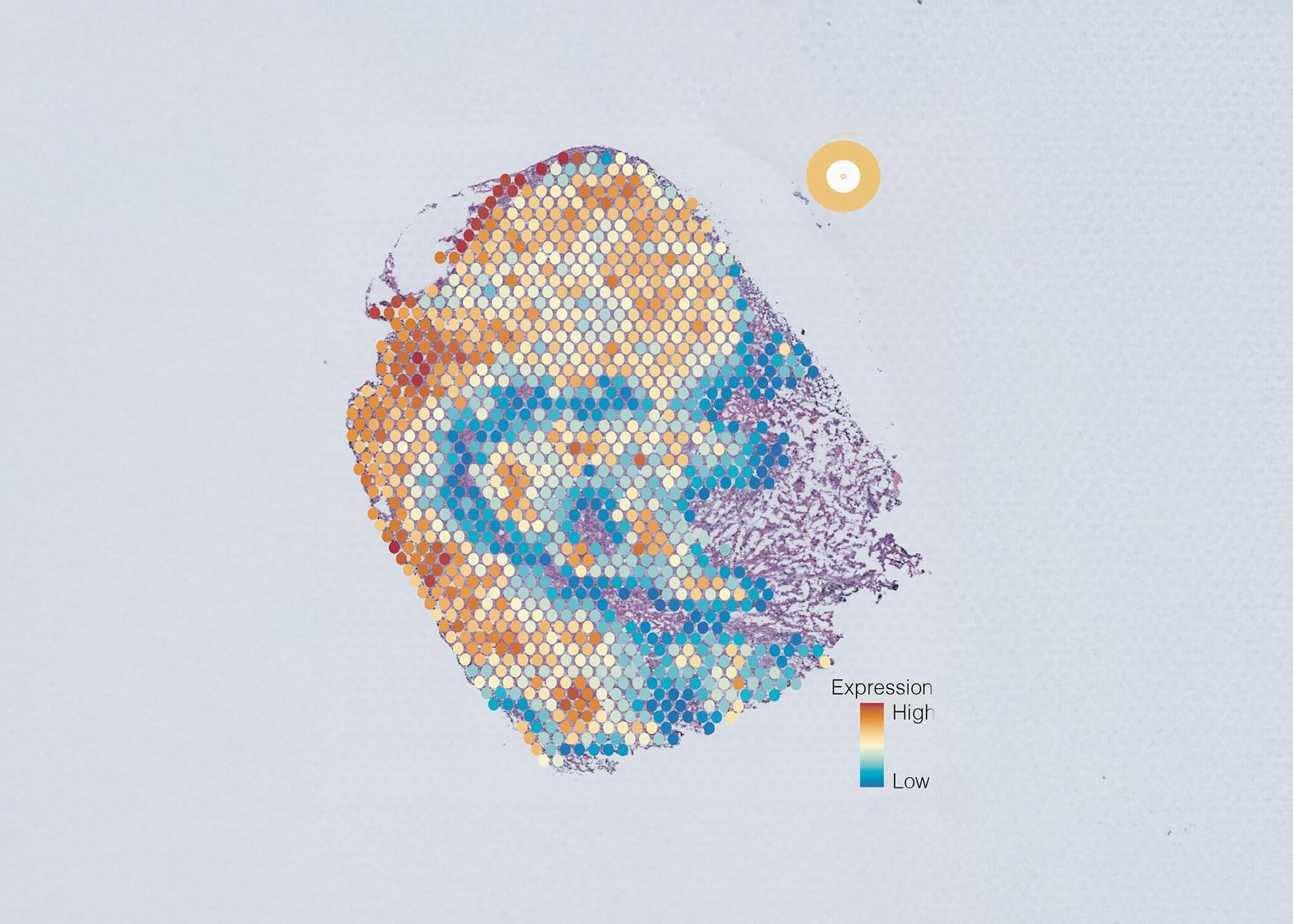
AI tool identifies five distinct cancer cell groups within individual tumors
A multinational team of researchers, co-led by the Garvan Institute of Medical Research, has developed and tested a new AI tool to better characterize the diversity of individual cells within tumors, opening doors for more targeted therapies for patients.
Findings on the development and use of the AI tool, called AAnet, have been published in Cancer Discovery.
Tumors aren’t made up of just one cell type—they’re a mix of different cells that grow and respond to treatment in different ways. This diversity, or heterogeneity, makes cancer harder to treat and can in turn lead to worse outcomes, especially in triple-negative breast cancer.